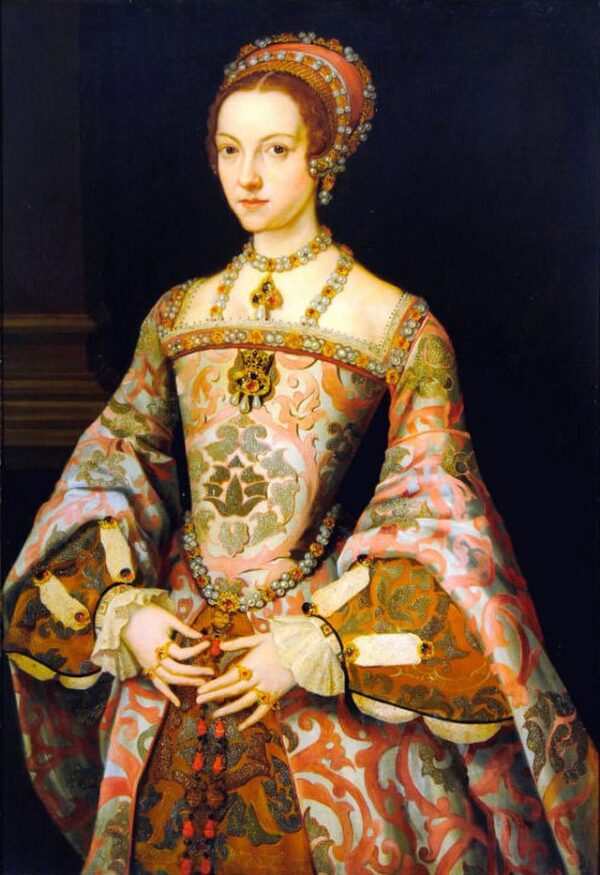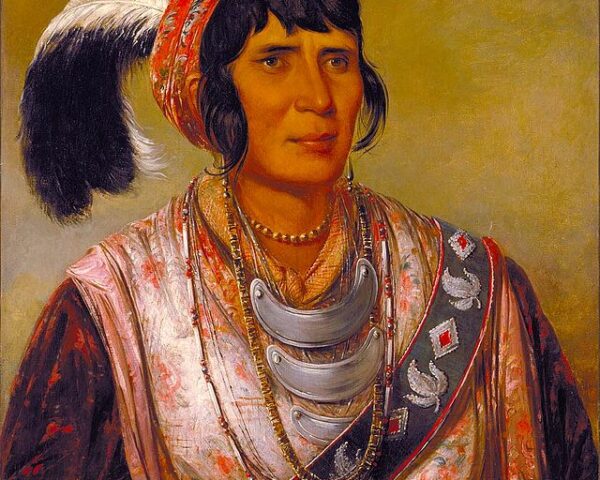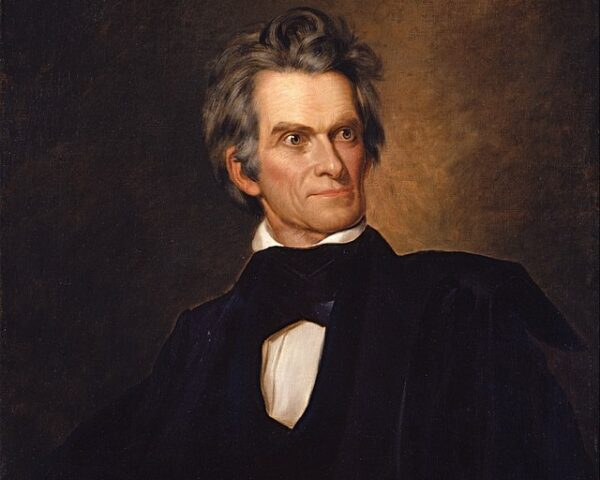On July 12, 1543, in a private ceremony at Hampton Court Palace, King Henry VIII of England wed Catherine Parr, the sixth and final queen consort of his turbulent reign. A widow twice over and nearly a decade younger than the aging monarch, Catherine would become not only Henry’s last wife but also one of the most consequential. Her intellect, tact, and Protestant leanings made her both a stabilizing force and a quiet reformer within the court during the king’s final years.
By the time of their marriage, Henry VIII was 52 years old, obese, plagued by chronic leg ulcers, and increasingly erratic in temperament. He had already divorced two wives, beheaded two more, and been widowed by Jane Seymour, the mother of his only male heir, Edward. The king’s pattern of marital volatility had become a defining feature of Tudor politics. In choosing Catherine Parr, however, Henry settled on a woman who, unlike her predecessors, would outlive him and skillfully manage the dangerous intrigues of the Tudor court.
Catherine Parr was born in 1512 to Sir Thomas Parr of Kendal and Maud Green, both courtiers with close connections to the royal household. Widowed first by Edward Borough and then by John Neville, Baron Latimer, she had lived a life marked by piety, loyalty, and a keen sense of survival. At the time of Henry’s proposal, Catherine had been in love with Thomas Seymour, brother of the late Queen Jane. But when the king made his intentions clear, Catherine felt duty-bound to set aside personal desire for national service—writing later that it was “God’s will” she should marry the king.
Their wedding was held in the Queen’s Closet, a small chapel within Hampton Court. The ceremony was low-key by royal standards, attended by only about twenty guests, including the king’s daughters Mary and Elizabeth, both of whom Catherine would soon bring under her wing. The quiet tone of the wedding reflected the king’s physical condition and the shifting mood at court, which was increasingly focused on securing the succession and managing factional disputes between Catholics and reformist Protestants.
As queen, Catherine Parr was both deferential and ambitious. She nursed the king through bouts of illness, oversaw the education of his children, and used her influence to promote religious reform. A supporter of the English Reformation, she maintained a court filled with scholars, theologians, and writers sympathetic to Protestant ideas. Her own writings—Prayers or Meditations (1545) and The Lamentation of a Sinner (published after Henry’s death)—made her the first queen of England to publish books under her own name in English.
Catherine’s religious views, however, nearly proved her undoing. In 1546, conservative factions at court—led by Bishop Stephen Gardiner and Lord Wriothesley—persuaded the king to issue a warrant for her arrest, accusing her of heresy. But Catherine, forewarned, threw herself upon the king’s mercy, claiming that she had only argued with him on theological matters to distract him from his physical suffering. Her humility restored Henry’s favor, and the warrant was quietly withdrawn. It was a testament to her political skill and understanding of the king’s insecurities.
When Henry died in January 1547, Catherine was briefly free to pursue her own desires. She quickly married Thomas Seymour, though the union would prove stormy and short-lived. Catherine died in childbirth in 1548, just over a year after the king’s death.
Catherine Parr’s legacy is often overshadowed by the more dramatic fates of her predecessors—Anne Boleyn’s execution, Catherine of Aragon’s defiance, or Jane Seymour’s tragic death. Yet in many ways, she was the most influential of them all. As a stepmother, writer, reformer, and regent in Henry’s absence, she helped shape the religious and political trajectory of Tudor England in its pivotal final years under the king.






